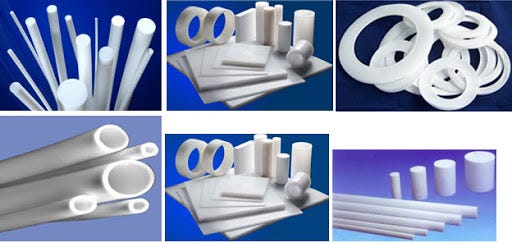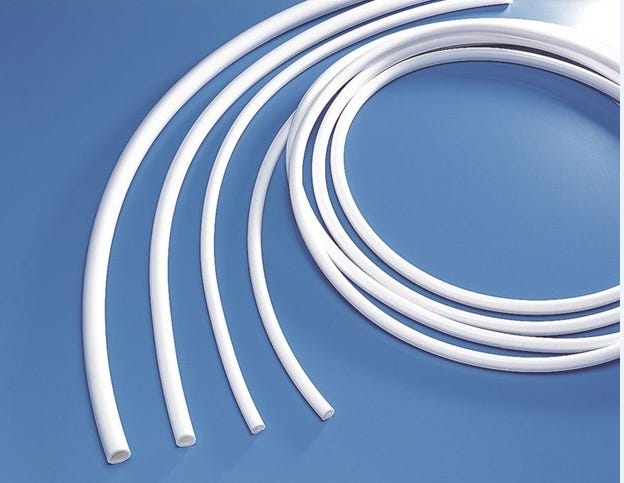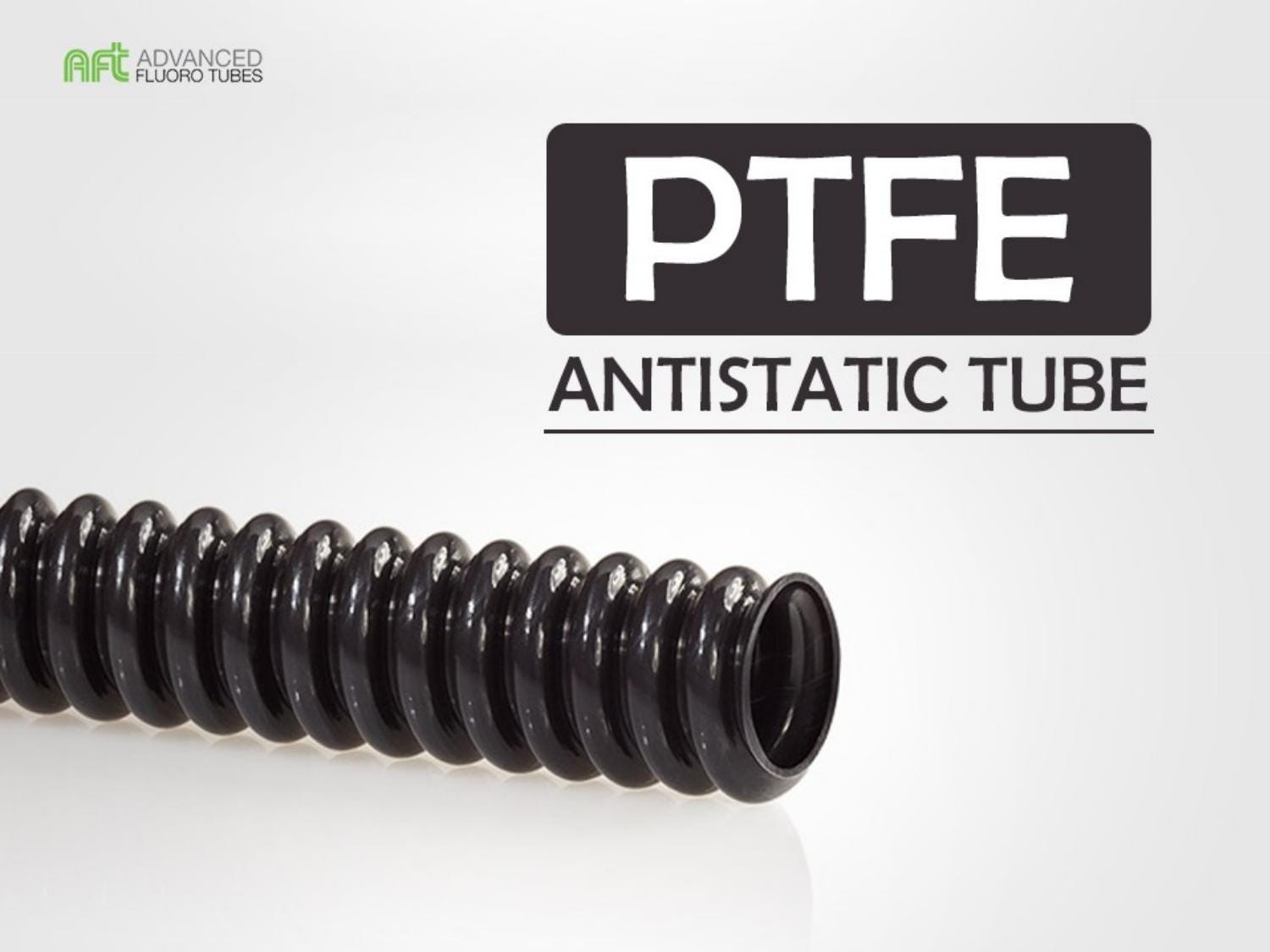Polytetrafluoroethylene, PTFE is most commonly known as Non Stick Teflon. It is a type of polymer which is primarly composed of fluorine and carbon. In the year 1938, Dr. Roy Plunkett had developed Teflon Coating Systems. Apart from being popularly being used in kitchen wares, PTFE items created by ptfe products manufacturer can actually be used in other items. Many people choose to use this coating because it lengthens and improves the life of products and tools.
Today, there are various companies which offers metal coating services, may be for a single item or for a large order. The ptfe tube manufacturer attract more customers as some of them even look for Teflon coated parts and components.
Let’s check out the benefits of using PTFE coatings on industrial parts and other products:-
It is Heat Resistant and Chemical Resistant
A Teflon coated product is known for easibility to the customer. This is because Teflon coated products are non sticky, waterproof and heatproof. This suggests that it can withstand excessive temperature wherever the component is being used, without damaging the part itself. In various laboratory tests, it can help to withstand around 600F or 260C. It is particularly designed for heavy use and under abrasive extensive conditions with the accurate hard facing composites such as chrome or tungsten oxides. It requires lower cleaning maintenance since it is waterproof and non-sticky.
It does not transfer Chemical Side effects
A product with teflon coating will not be affected by the substances surrounding it. You can ask your ptfe products manufacturer on what they could recommend under extreme chemical conditions. Teflon is the primary choice of the consumer and the right amount of topcoat on the product can meet the objectives of the customer.It is both Stress and Corrosion Cracking Resistant
PTFE does not only withstand extreme heat and chemical conditions, it is also resistant to stress corrosion. Products with Teflon coatings can be used in a variety of ways. Teflon coated non-stick pans are widely used in almost every household. Since it is quite resistant to chemical reactions, and it makes every kitchen tool safe for culinary use. It is heatproof, therefore, it is easy to cook and process food products on a Teflon coated pan. Heat gets evenly distributed in the cooking pan.You only need to use less or no oil for cooking.
Teflon can also be used as beauty products. Nail Polish actually contains Teflon. Curling irons and flat irons also have PTFE Coatings on them. In fact, this is the reason why most curling irons could evenly straighten or curl the hair.
Teflon is also significant in the world of automobile components. Generally, it is used in coating windshield wipers of cars. Teflon coating can also be used to protect textile and carpet systems. It is easier and convenient to clean a Teflon coated carpet. Since, it is more resistant to stain and more repellent to liquids.
Some of the disadvantages of PTFE
PTFE has very little elasticity. Therefore, it does have a tendency to slowly deform over time. Secondly, at temperatures above 260°C (500°F), PTFE will begin outgassing materials which are harmful. So, it is important that care must be used with PTFE in high-temperature environments.
Another disadvantage is that it is also very soft. PTFE Tube manufacturers, therefore, add a variety of components into the blend like carbon fiber, glass, and, bronze, and many others, to strengthen weak characteristics of the material and improve performances like extrusion resistance and hardness.
Since PTFE in its virgin form has a tendency to cold flow, filling the material with other compounds makes the end material more resistant to cold flow.
PTFE is very fragile. Hence, it’s of utmost significance to make sure that the surfaces are smooth and relatively hard.
Conclusion
PTFE is inert with an elevated level of lubricity. It is great in dry applications or applications where the fluids are particularly aggressive. But, it has broad temperature that may be too hot for standard materials like polyurethane and nitrile. It is commonly used, and is suitable for medical, pneumatic, and hydraulic applications. Also, it is a common and useful backup material when higher pressures are called for in standard o-ring applications.











